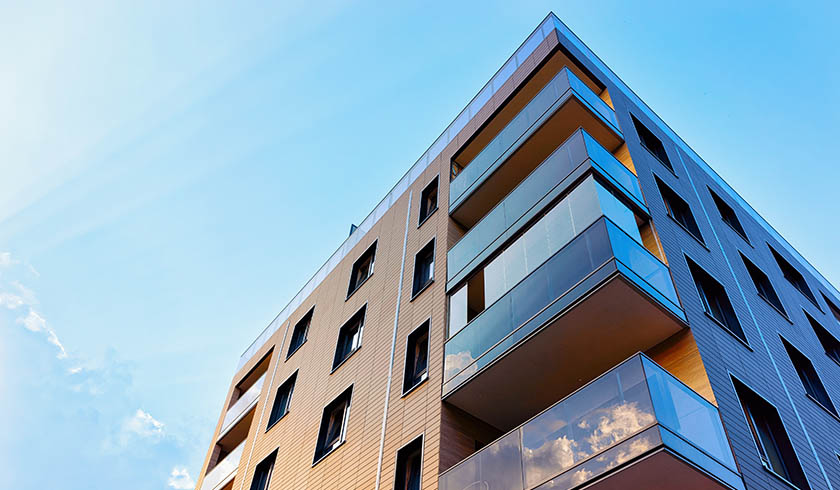Are luxury apartments nearing a supply crisis?
Australians taking up residence in high-end, multi-unit dwellings are dominating the top 5 per cent of the country’s residential markets, according to new research.

But this so-called “rightsizing” activity seeing many transition into luxury apartment living could become out-of-reach for some if the market continues apace, according to a report from Knight Frank.
Their research into the sector indicates that Australians buying in the luxury unit market are drawn by three main lifestyle perks:
- A low maintenance, high-quality home environment with house-like proportions.
- A residence that can be easily locked up and cared for during extended periods away, such as during international travel.
- A co-primary home in a “holiday” location that’s equal to their main residence.
The trend is being keenly felt in the super-prime, $10 million-plus market, where sales in the first half of 2021 were almost eight times higher than the 10-year average.
But Knight Frank said availability is drying up, with prices for new and established high-rise luxury apartments rising more than 30 per cent across the major cities since June 2015.
And by their estimates, the number of new, high-end apartments in the pipeline will decrease by 39 per cent over the next three years, placing even greater upward pressure on prices.
Supply issues impacting materials and skilled labour are some of the main factors slowing production of new super-prime multi-dwelling builds, according to Michelle Ciesielski, Knight Frank’s head of residential research. Meanwhile, sites of development potential appeared to be evaporating.
“The shortage of suitable product, particularly at the top end of the market where rightsizers play, has been exacerbated by developers unable to easily secure sites in prime locations, adding to the highly pressurised buying environment across Australian cities,” Ms Ciesielski said.
Concurrently, demand has continued apace. “Rightsizers have remained active in the Australian property market over the past year, with prestige sales data highlighting the continually increasing appetite of buyers for both primary and secondary homes,” she said, cautioning that multiple factors needed to be addressed to alleviate pressure in the sub-sector.
“The widening gap between this buyer demand and appropriate property supply remains concerning, and residential construction difficulties continue to delay delivery of new product.”
